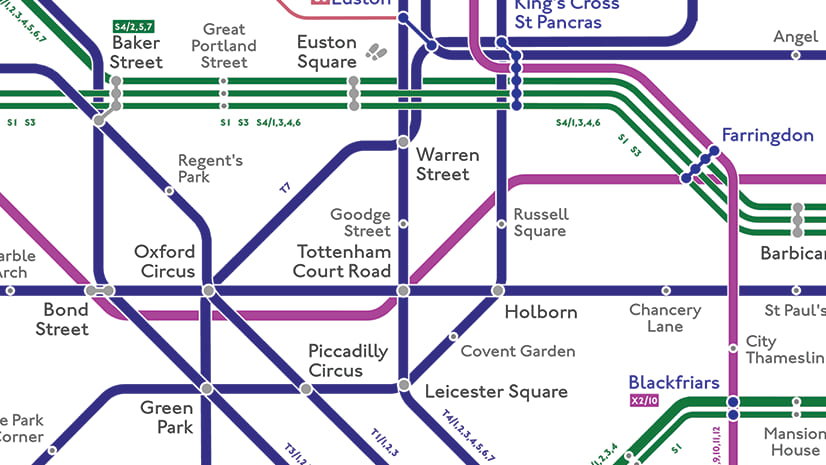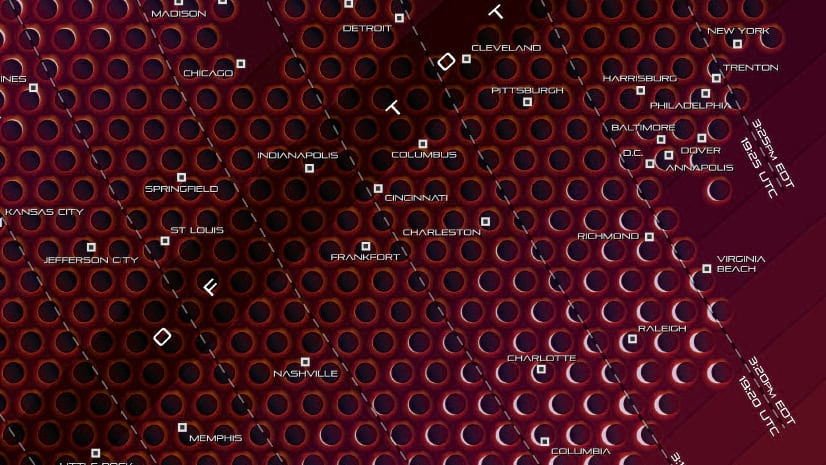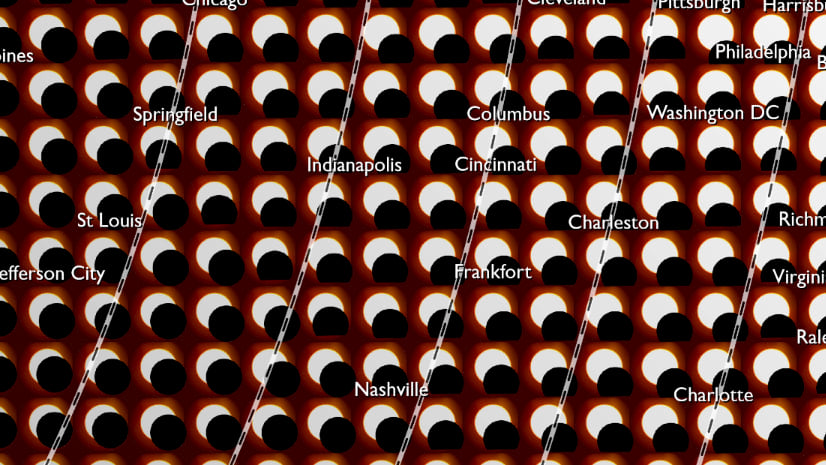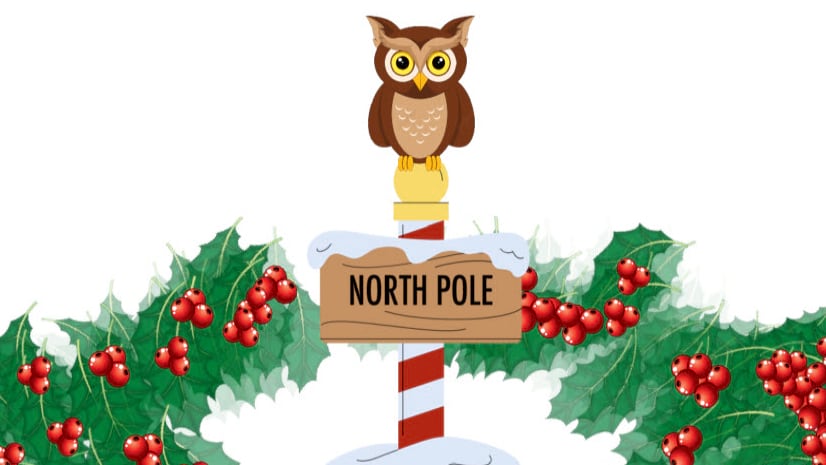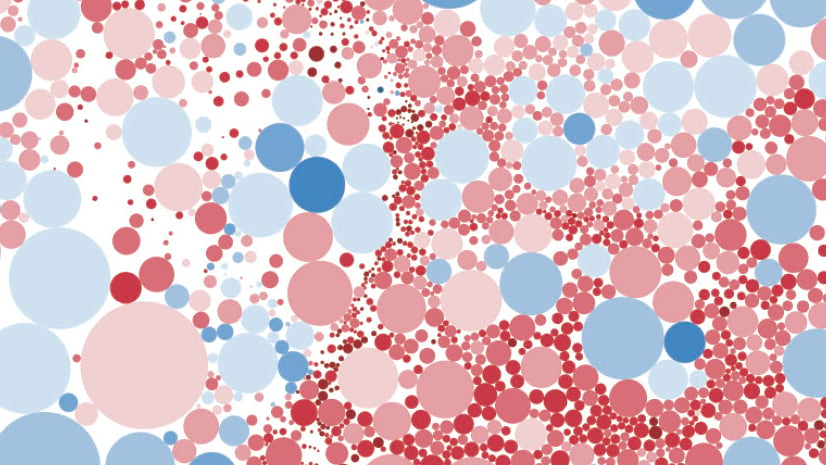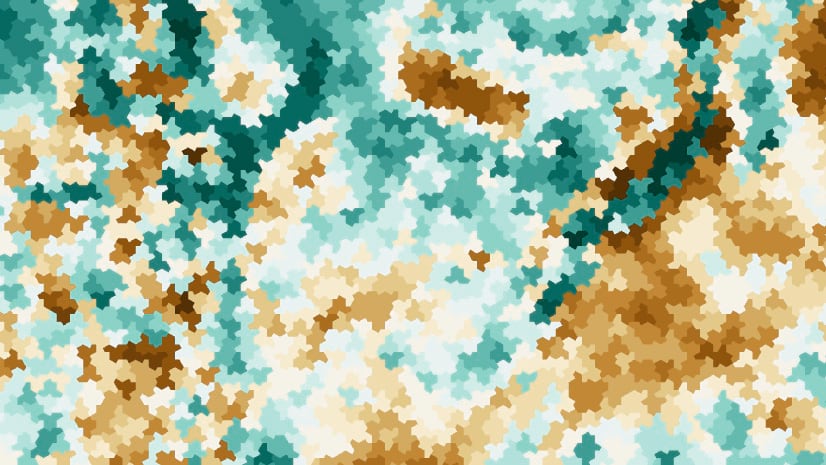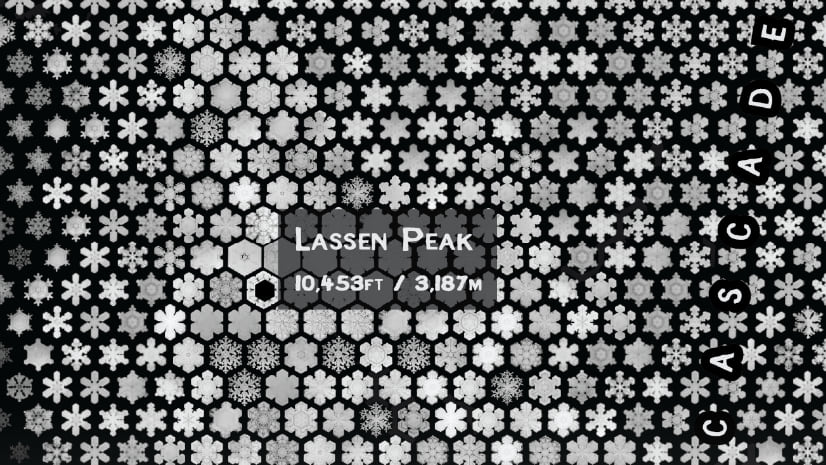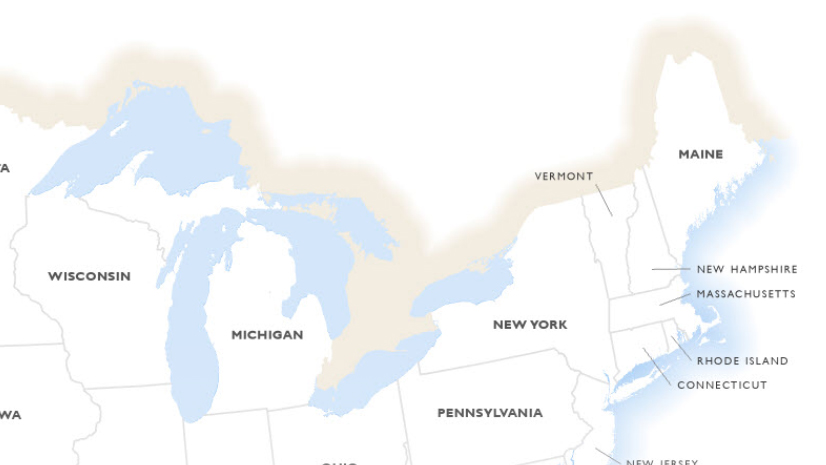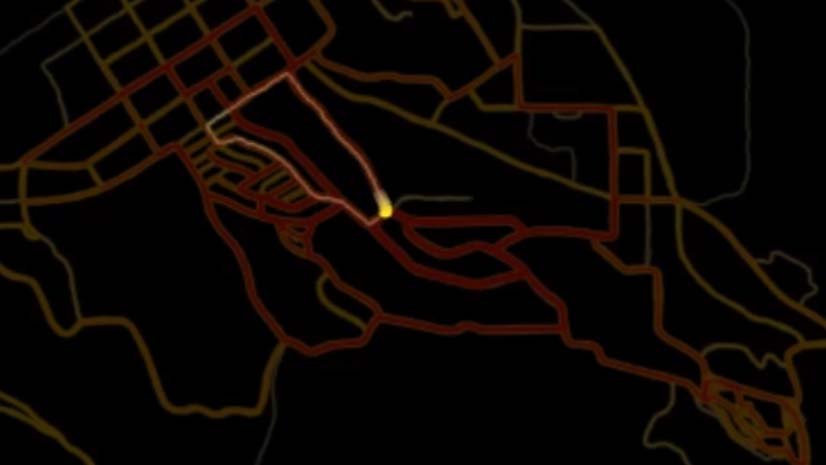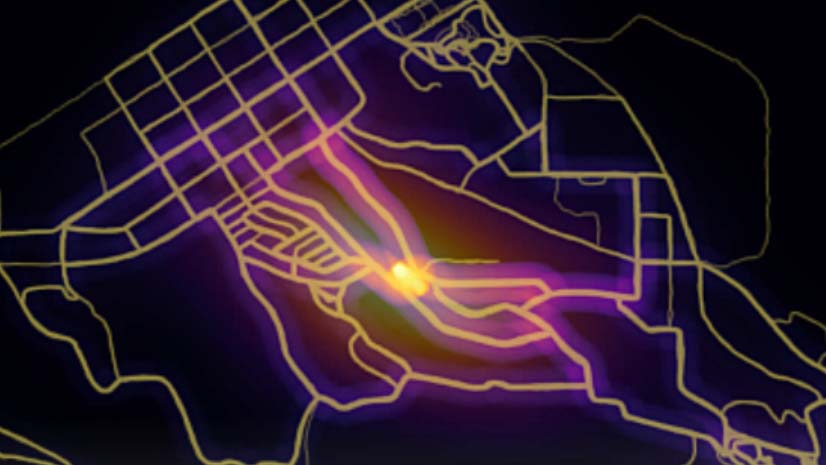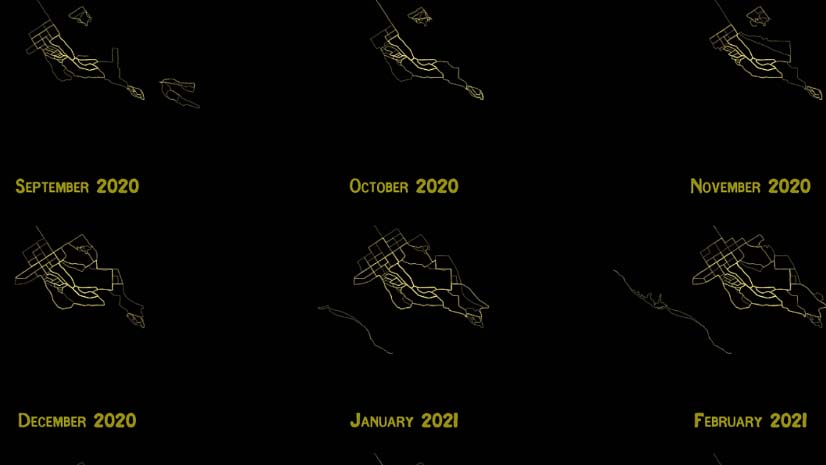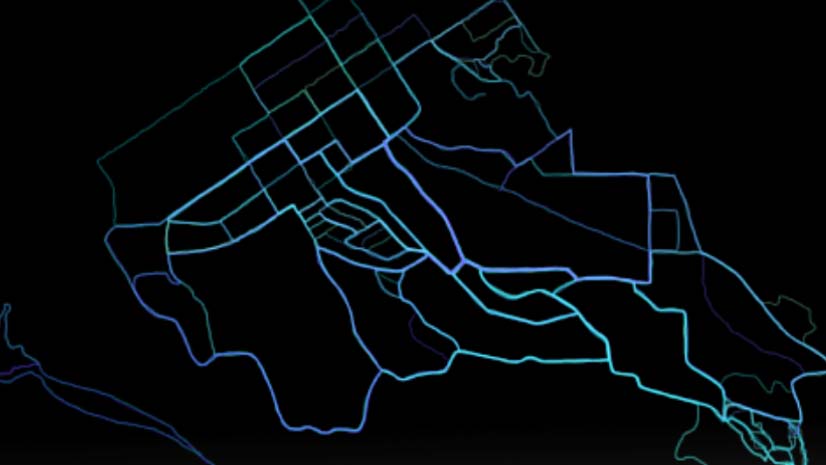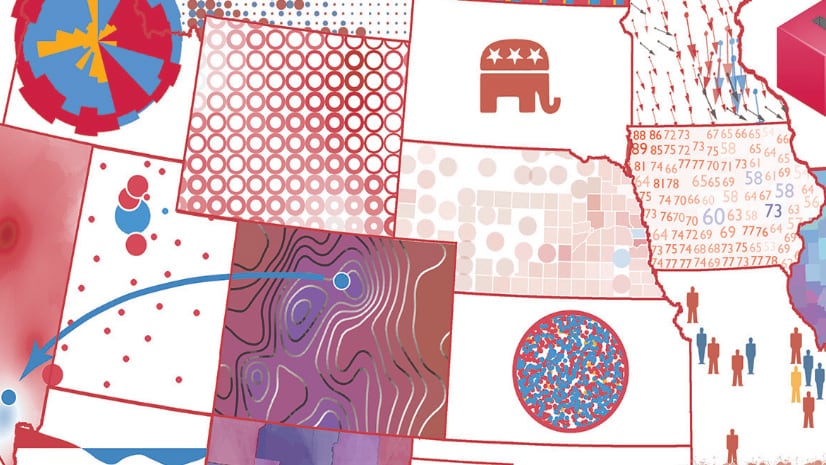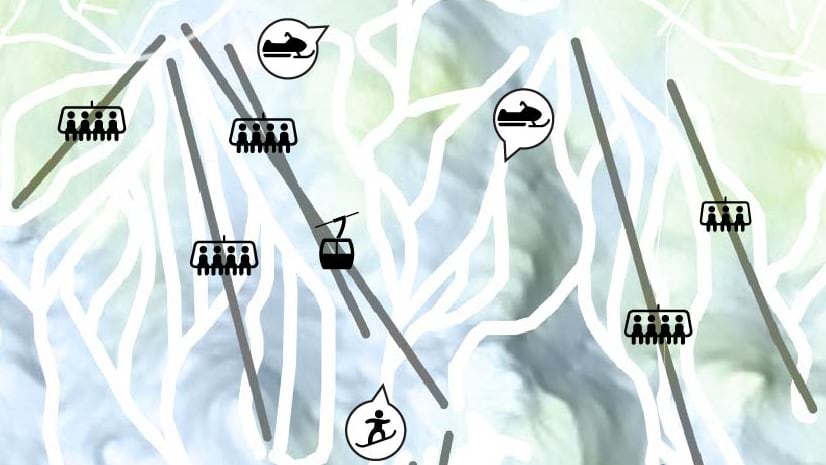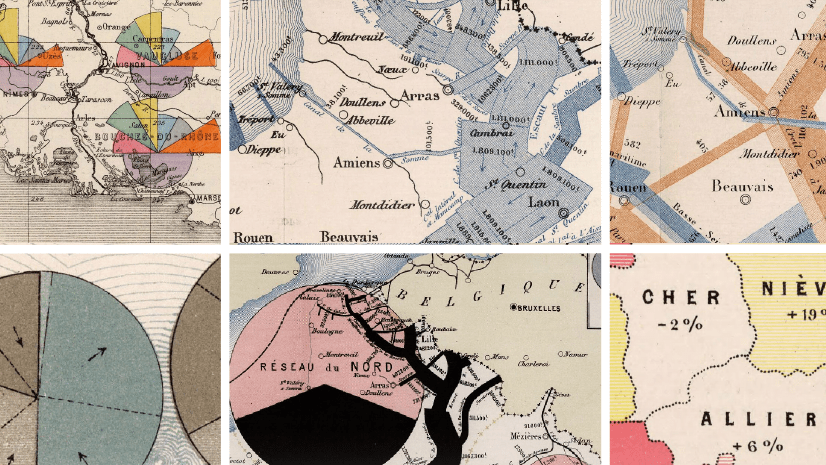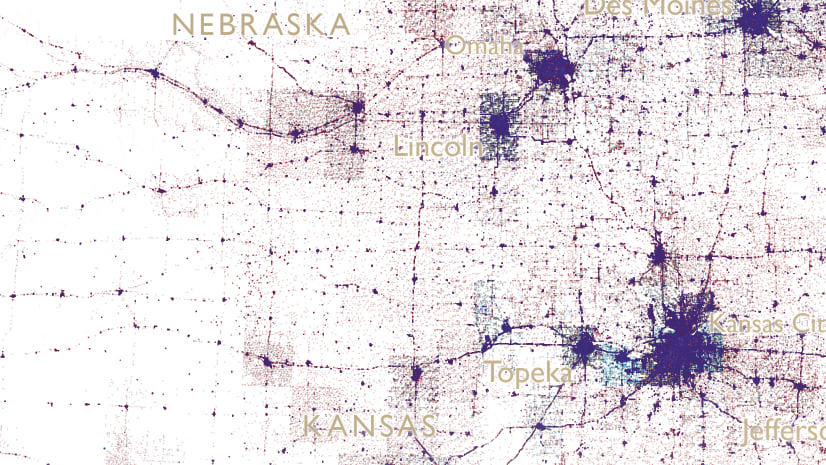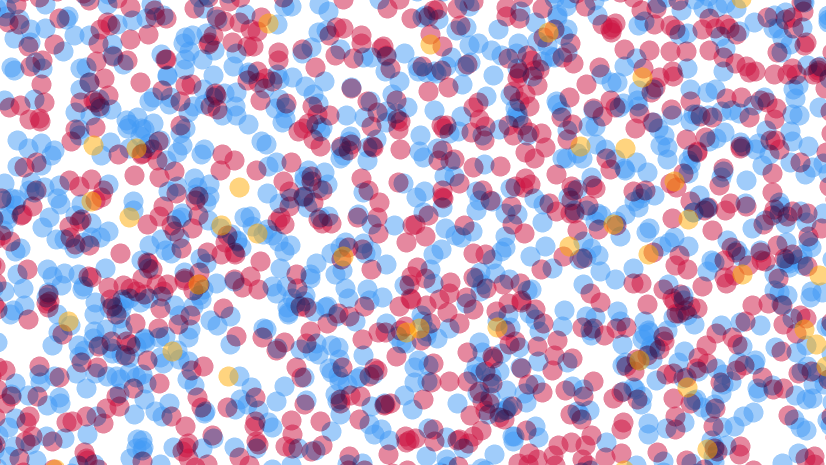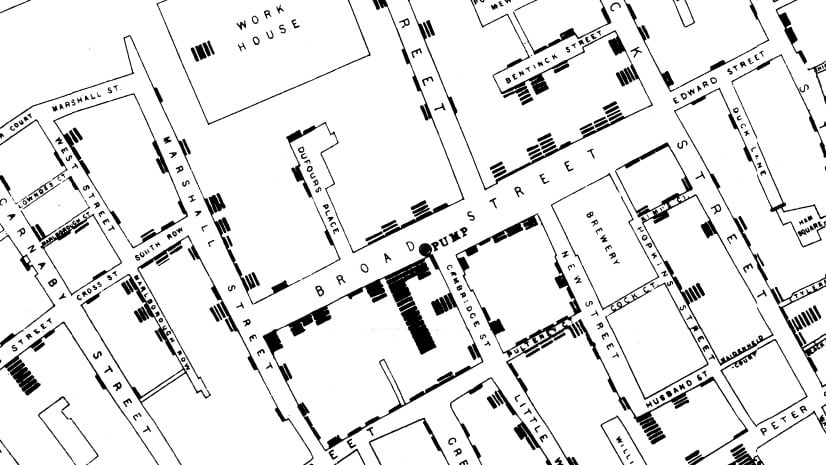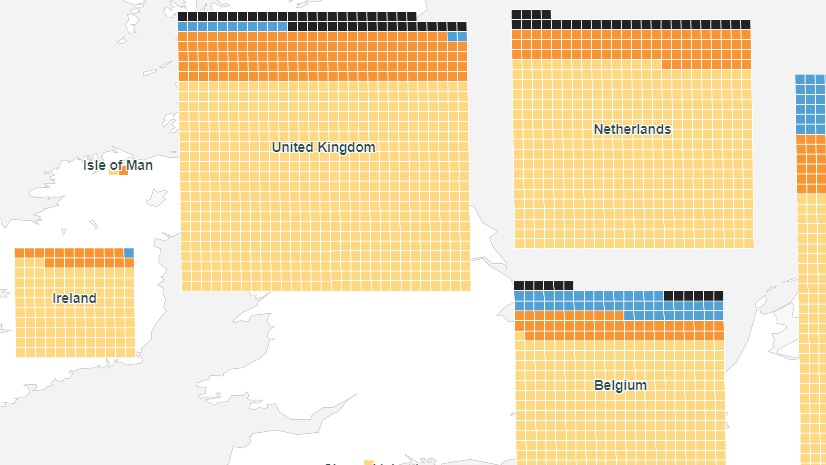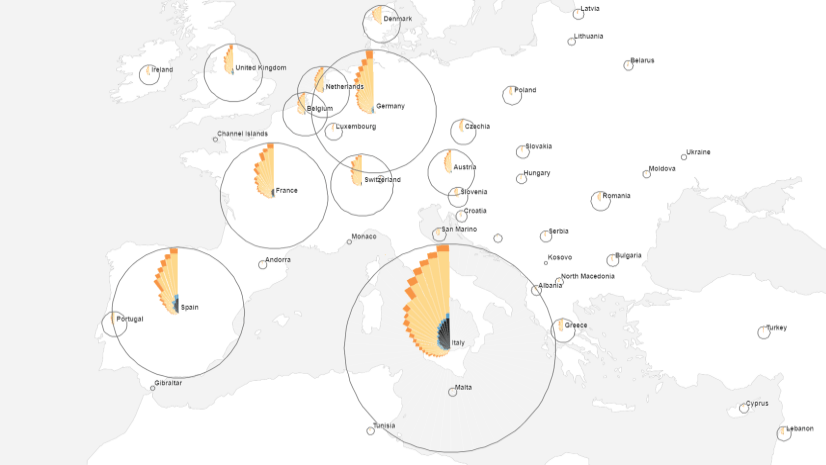Kenneth Field
Maps are Ken’s passion, and profession. After 20 years teaching cartography and GIS in academia in the UK he moved to California where, since 2011, he has made maps, and talked and written about cartography at Esri. He blogs (cartoblography.com), comments on X, and Bluesky (@kennethfield), shares maps, videos, code, and how-tos at his Mappy Hour site (links.esri.com/mappyhour), after 8 years as Chair is now Vice-Chair of the ICA Map Design Commission, and did a 9 year stint as Editor of The Cartographic Journal. He’s won a few awards for maps, pedagogy, kitchen tile designs and his books 'Cartography.' and ‘Thematic Mapping’. He leads the Esri MOOC on Cartography which has had nearly 250,000 participants to date. He is a presenter of the Webby award winning Mappy Hour, and is co-founder of the popular mappery.org site. He was recently honoured by the Data Visualization Society with an ‘Impressive Individual’ Information is Beautiful award for services to education in the realm of dataviz and mapping. He snowboards (reasonably), plays drums (badly), is a lifelong supporter of his home-town Premier League football team Nottingham Forest, and has a tattoo of his favourite map on his arm.



